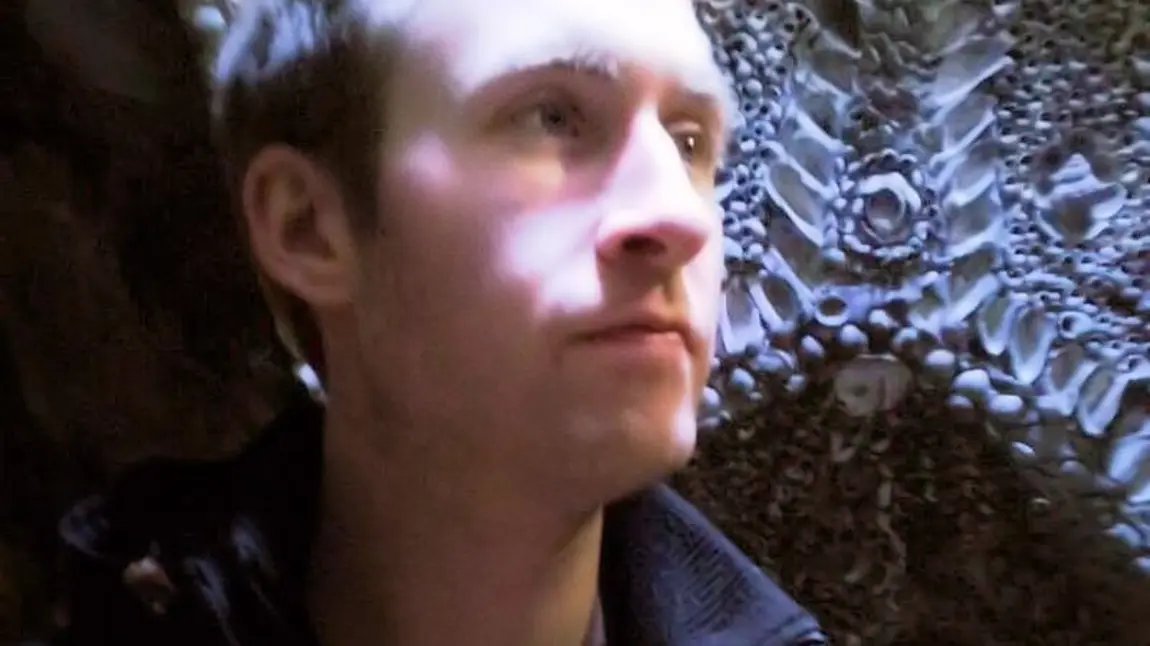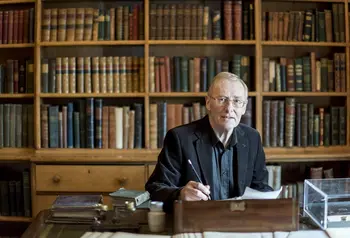Keeping up with the changes in volunteering

It's Volunteers' Week – the annual celebration of the huge contribution that volunteers make to society.
Calculating the value
The official figures are certainly impressive. According to the Cabinet Office, more than 15 million people across the UK volunteer each year.
The Office for National Statistics estimates a total contribution of 2.12 billion hours each year through regular formal volunteering - considering the economic output of this huge endeavour to be worth £23.9bn a year.
[quote]“According to the Cabinet Office, more than 15 million people across the UK volunteer each year.”[/quote]
In recent years, the government and others have tried to quantify benefits beyond the purely economic. The Cabinet Office and the Department of Work and Pensions estimate the wellbeing impact of this regular, formal volunteering to be equivalent to a further £70m annually (all of these figures can be found in this NCVO blog).
Beyond this, in 2014 the Bank of England’s Chief Economist Andy Haldane proposed that the overall direct economic, wellbeing and broader social impact of volunteering is a truly staggering £180-£900bn per year.
Volunteers in heritage
Since almost the earliest days of our current conception of heritage, volunteers have been an integral element of HLF's work in the sector. Currently, over 95% of the projects that HLF supports involve volunteers. There are around 3,000 HLF-supported projects currently in delivery across the UK that have pledged to include over 170,000 volunteers through their collective durations.
These volunteers participate in a remarkably broad range of roles, from leading visitor tours and education sessions to taking part in archaeological digs and habitat conservation; and from collecting oral histories and digitising archive documents to playing a role in heritage governance as trustees and through friends’ societies.
Good practice guidance for volunteering
This week we publish our updated Good Practice Guidance for Volunteering, which has been refined in consultation with leading volunteering figures in the heritage sector.
Our guidance supports a wide range of approaches in the context of some of the societal shifts currently influencing volunteering practice, including:
Demographic change
Demographic change is notable amongst these changes, with increasing scope - and demand - for volunteering opportunities both for young people at the early stages of their careers (as in the case of Iyma Atiq from Birmingham, for whom volunteering in heritage was a route to paid employment); and for older citizens able to make substantial contributions after retirement (such as former nurses Anne Wall and Eileen Brereton, who became the backbone of a project to celebrate the history of volunteer nurses in North Yorkshire’s First World War auxiliary hospitals).
Technology
Technological change is also influential – particularly through opening up new possibilities for remote volunteering. Examples supported by HLF include ‘citizen science’ projects such as Newcastle University’s Capturing Our Coast, which uses a team of volunteers, including those contributing online, to record coastal habitat information. Meanwhile, through Tate’s five-year Archives and Access programme, members of the public are helping to decipher the handwriting of artists via the crowdsourcing platform Zooniverse.
Wellbeing
Volunteering is also evolving to take greater account of health and wellbeing. Recent research by Harvard School of Public Health found that regular volunteers spend an average of 38% less time in hospital, sparking a UK debate about the potential benefits of prescribing volunteering.
Heritage is leading the way in this regard. Imperial War Museum North's IF: Volunteering for Wellbeing project is providing structured, supportive long-term volunteering opportunities, with a focus on recruiting people recovering from health difficulties, living with disability and looking to overcome challenges such as homelessness and long-term unemployment.
There are also strong examples emerging from our Changing Lives campaign. Manchester teacher Nicholas Duffy attributes his recovery after a stroke in part to volunteering at Elizabeth Gaskell’s House. Steve in Brighton has overcome grief and depression with the support of First Base, and has led an HLF-supported heritage trail during the Brighton Fringe Festival.
Professional networks
In a fast-moving environment, it's great to know there are networks emerging which enable volunteer managers to share practice - one example is the London Heritage Volunteer Managers' Network, a highly active group that provides an excellent newsletter and runs a number of events a year, including the London Volunteers in Museums Awards.
Similar regional networks are taking shape across the country – information on who to contact in your area can be found via the Heritage Volunteering Group network, which supports and champions best practice across heritage. The Conservation Volunteers, meanwhile, are a strong source of support in natural heritage.
Get involved!
If you have an idea for a project that will provide opportunities for more people, and a wider range of people, to volunteer in heritage, have a read of some case studies for inspiration, join the conversation in our Online Community or get in touch.

